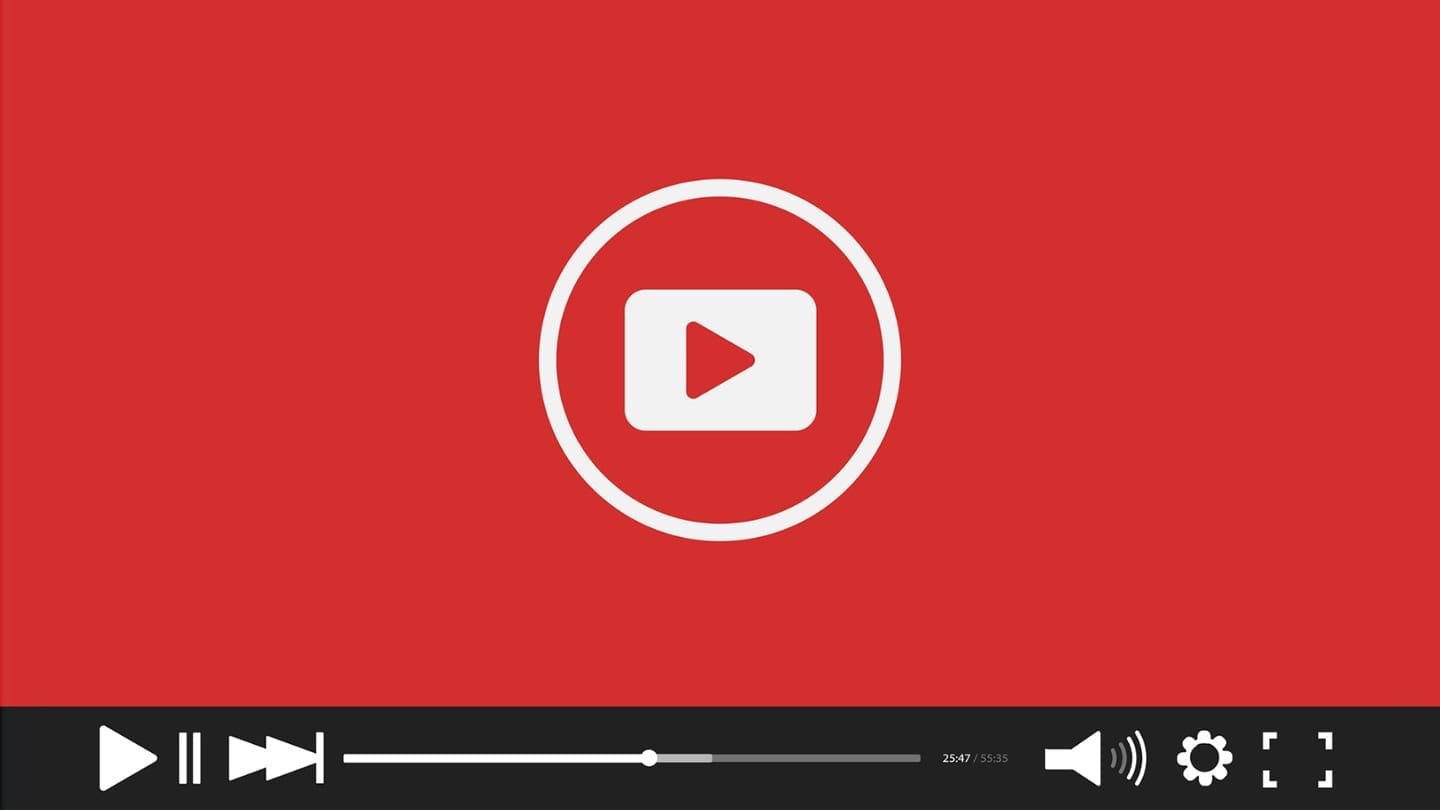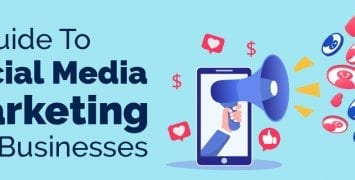Is your brand on YouTube? As part of your SEO efforts, you’re probably already active on social media. Most marketers focus primarily on Facebook, Twitter and Instagram.
YouTube, on the other hand, is often overlooked. Marketers often say they find creating videos is too expensive, too difficult or otherwise not worth the trouble.
But YouTube can actually be a great asset to your SEO. Here’s why:
YouTube by the Numbers
YouTube has over a billion users and over four billion views each day. They’re also the second largest search engine. This why Google favors YouTube results in many types of searches.
Videos will play a role in practically every social media campaign. Whether you publish a few videos a month or a new video every day, you want those videos to be seen. Popular videos lead to greater brand awareness and an increase in your SERP.
So if you’re not on YouTube, you probably should be. Here’s how to boost views, likes and shares for your YouTube videos:
Make Your Videos Short
Generally speaking, the more time viewers spend watching your video, the more YouTube will reward you with a higher search placement. Ideally, you want viewers to watch your entire video.
Here’s the thing about YouTube videos: The percentage watched by each viewer is more important than the overall viewer count. YouTube wants to find videos people watch for a significant amount of time, not just videos they click on and leave after just a few seconds.
After the video starts, you only have about five seconds to grab the viewer’s attention. Here’s how to do that:
- Remove any intro section. Get right to the point by stating your topic and showcasing your brand’s personality.
- Tell a story with your video. This doesn’t have to be anything complicated, but structure your video with a simple beginning, middle and end.
- Keep your videos under three minutes. If your topic absolutely requires something longer, break your videos down into multiple parts.
- Optimize your videos for mobile. Aside from content, also optimize your thumbnails and banner.
Use Basic SEO and Marketing Principles
Don’t forget the SEO basics. There are plenty of optimization opportunities to be found. Here are three strategies to keep in mind:
- Promote Your Videos on Other Channels – This includes promoting your video through your e-newsletter and on your other social media channels. You can also embed your video into a blog post.
- Add Keywords – Use your main keyword in the title of your video and use other relevant keywords in the 250-word video description.
- Use Thumbnails – Think of this as an image used to attract attention to your video. Stand out in the search results with an engaging, descriptive thumbnail.
Connect with Your Audience using Annotations
Marketing isn’t usually very subtle. You need to be very clear about what you want your audience to do. That’s why I use annotations.
Annotations are an easy, effective way to display text directly on top of your video. This text can directly link to whatever pages you like. Just make sure you link to landing pages which are directly related to the topic in your video – not just generic pages related to your brand.
Annotations aren’t as workable for mobile devices. Obviously, you can’t ignore mobile users. YouTube’s featured content is a great workaround.
Encourage your viewer to subscribe to your YouTube channel. Personally, I do this at the end of almost all of my clients videos. Here’s why:
- Most viewers are annoyed when a video starts with a plea for follows, likes, etc. After all, the person hasn’t even watched the video. How do they know if they want to subscribe?
- If there’s a CTA at the end of the video, only viewers who watched the entire video will see it. These are people who have shown interest in your brand are more likely to respond positively to a subscription request, follow or other action.
The Powerful Connection between YouTube and Brand Promotion
There’s good news and bad news about using YouTube to promote your brand.
The good news is that YouTube has plenty of opportunities. The platform has over one billion users. But – get this – only about 9% of small businesses use YouTube for marketing. This means no matter what niche you operate it, there’s likely plenty of marketing space available on YouTube.
The bad news is that if you’re already on YouTube and your videos aren’t getting many views, that’s probably on you somehow. There isn’t enough competition naturally on YouTube to hold you back. You’re likely not optimizing your videos correctly.
Fortunately, you can fix that. Here’s how:
Do YouTube Views Matter?
Are YouTube views simply a vanity metric? After all, a video is just one part of your marketing strategy. You’ll mainly use YouTube to draw potential customers into your conversion funnel.
Well, YouTube views do matter, but maybe not in the way you think. Basically, you want to attract quality views from people who are potentially interested in your product.
Here’s how to create YouTube videos which will draw in viewers already interested in your product – and how to help turn those views into sales:
Step 1: Create Quality Content
You can lead a viewer to a video, but you can’t make them watch.
All the SEO techniques in the world won’t make someone sit through a boring video. This especially amplified on YouTube. After all, literally millions of other videos are only a click away.
What’s considered “great content” will vary by industry and niche. Here’s a useful trick: Use Buzzsumo to find popular blog topics in your industry. These are topics which you can turn into videos.
One tremendous benefit of YouTube is that your viewers can help your marketing efforts. Social media shares of your video not only create brand awareness among potential customers, but any type of viral video will also help your SERP.
Step 2: Optimize Your Video
Optimize your video with these four strategies:
1. Title – Be clear and direct. Avoid “clickbait” style questions. Address any fears or concerns your audience might have about the topic. Use the main keyword you’re trying to rank for directly in the title.
2. Tags – Use no more than 12. Choose tags which will help your video appear in the “Suggested Videos” section if the viewer is currently watching something related.
3. Description – Clearly describe what the video is about. Don’t stuff keywords into the title needlessly (Google will penalize you for doing so).
4. Thumbnail – Use something visible at any size. Images with people are usually pretty effective. Your logo is also a good choice. Make sure your thumbnail stays consistent across multiple videos.
Step 3: Promote Everywhere
YouTube doesn’t exist in a vacuum. You’ll want to promote your new video across your other social media channels. You can also promote your video directly to any influencers you might have a relationship with.
Step 4: Build a Subscriber Base
If you have a lot of subscribers on YouTube, new videos you post will automatically get views. Here are four strategies to help build a subscriber base:
- Ask for subscribers – The direct approach is surprisingly effective. Ask briefly at both the start and end of each video.
- Create content on a regular schedule – This helps people fall into the habit of watching your videos, which eventually helps lead to a subscription.
- Create some evergreen content – This content which isn’t based on anything timely or current. Evergreen content can have a long lifespan on YouTube.
Posting high-quality videos on a regular schedule can boost your brand drive sales.




